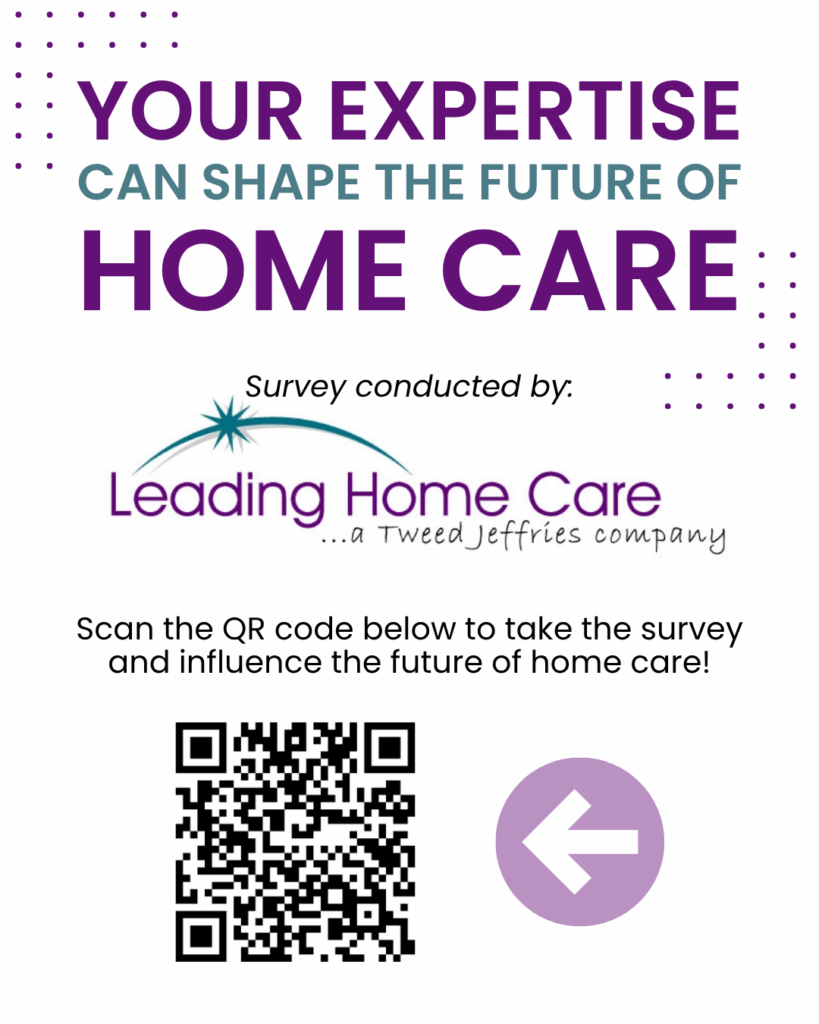By Chris Willis, MSW, LSW
Consultant
OneOnOne Hospice Solutions
One of the fastest growing home health care programs in our country is Palliative Care. Hospitals, home health agencies, hospices, and long term care organizations are starting Palliative Care programs. This trend is demonstrated as the National Hospice Organization, which was formed in 1978, changed its name to National Hospice and Palliative Care Organization in 2000.
There seems to be some confusion as to ‘what is palliative care?’ Whether seeking the answer from the many resources in the medical and care communities on online with the internet, each source states it a little differently.
NHCPO defines Palliative Care as “treatment that enhances comfort and improves the quality of an individual’s life during the last phase of life.”
In the 12 ½ years spent with one of the premier hospices in the state of Arizona, I have come to define palliative care as “a service that provides patient driven care to individuals diagnosed with a serious, chronic or terminal condition.” This definition grew from our experiences with patients who were seeking care that would assist and empower them in a manner and route that was specific to them. Today, more home health and hospice agencies are creating palliative care services and programs within their current care offerings to ensure that no one is left without the services they need. This type of care benefits the patient as well as your agency by providing a unique supportive angle that offers a follow-up opportunity which improves conversion rates.
As the director of a hospice Palliative Care Program, explaining palliative care was a frequent occurrence. These discussions were not just with patients and their support systems, but also with countless medical professionals who were seeking and learning more about how our services were supporting their patients’ needs. Palliative care affords an agency the opportunity to truly honor the comfort approach “the patient way” by supporting them on their life journey. Also, palliative care bridges the gap by allowing you to bill for your services if deemed medically necessary, regardless if a patient is eligible to utilize their hospice or home health benefit.
A Palliative Care Program gives your agency the ability to provide bio-psycho-social support, knowledge and resources to an individual and their support system by a designated team of professionals, as defined by your agency and license(s). For the patient and their support system utilizing a palliative care program, it assures them that they have others to accompany them on their life path, to keep them informed of what to expect, and to prepare and support them with open and honest discussions about their disease process. Whether seeking aggressive or comfort care, or both, the patient has the ability to choose. For an agency with a complete palliative care program, it reinforces their company’s commitment to providing “comfort as the patient defines it,” while leveraging themselves with their community partners.
OneOnOne Hospice Solutions was created so that we may assist, empower, and strengthen agencies and their teams as they define their individual palliative care programs. Through our experience we have learned that you need these four key components to create a successful Palliative Care Program:
1. A tracking system enhanced by an agency’s current intake system to ensure that “no one is left behind.” This includes policies and procedures, intake system analysis and needs assessment tools to differentiate services offered by an agency,
2. A marketing toolbox specific to your service area, which includes internal and external needs, assessment tools, market trends, referral and intake forms, policies and procedures and more,
3. A commitment for side-by-side support from creation to launch by a trained palliative care professional to agency leaders and team members; and finally,
4. A community partnership initiative derived from key influencers in the service area to ensure the delivery of complete and seamless compassionate care to patients and their support systems.
Palliative care is an ever-growing and changing service that reflects the needs of patients and their support systems. Although relatively new, a comprehensive palliative care program should be seriously considered by every home health care and hospice company as a way to care for their communities in the future and differentiate their service offerings.
 About the Author: Chris Willis, MSW, LSW is a social worker, educator, marketer and leader with over 20 years of Healthcare experience, Chris’ extensive knowledge in elder care has built her expertise in providing resources and solutions that meet individual needs. Chris recently joined the OneOnOne HomeCare Solutions team through the newly-formed OneOnOne Hospice Solutions Division, designed to assist individuals and agencies to enhance hospice and palliative care services. She is a proud graduate of The Ohio State University.
About the Author: Chris Willis, MSW, LSW is a social worker, educator, marketer and leader with over 20 years of Healthcare experience, Chris’ extensive knowledge in elder care has built her expertise in providing resources and solutions that meet individual needs. Chris recently joined the OneOnOne HomeCare Solutions team through the newly-formed OneOnOne Hospice Solutions Division, designed to assist individuals and agencies to enhance hospice and palliative care services. She is a proud graduate of The Ohio State University. 


